- Home | Industry Update | The Evolution Of Embroidery: From Handloom Heritage To High-...
The Evolution Of Embroidery: From Handloom Heritage To High-tech Precision
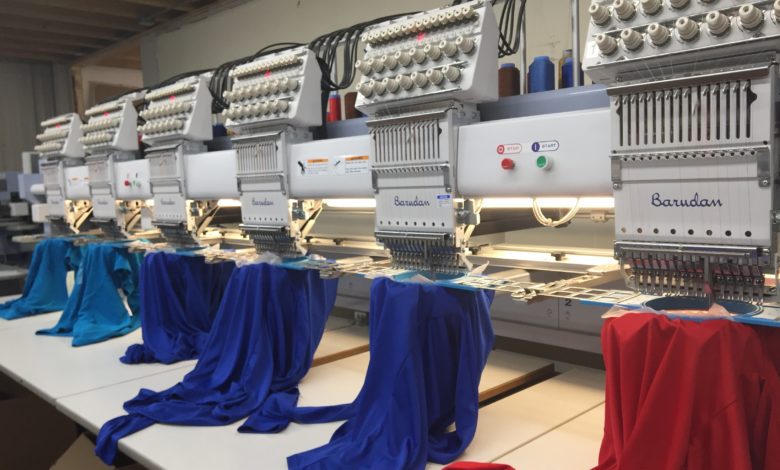
For centuries, embroidery has been a cherished art form, meticulously crafted by skilled artisans. However, the industry is now witnessing a technological revolution, shifting from hand-stitched mastery to high-speed automated precision. What was once a labor-intensive craft is now a multi-billion-dollar industry, fueled by cutting-edge embroidery machines that blend tradition with innovation.
The evolution of embroidery machines has transformed efficiency, creativity, and accessibility. With computer-aided embroidery, designs that once took weeks to complete can now be produced in mere hours, paving the way for mass customization, business expansion, and global reach.
India, known for its rich embroidery heritage—including Zardozi, Chikankari, and Kantha—faced production challenges due to the intricate nature of these crafts. The advent of embroidery machines reshaped the landscape, first with manual models and now with fully automated, computerized systems.
Today’s state-of-the-art embroidery machines are equipped with digital touchscreens, advanced software, and AI-driven precision, allowing for unparalleled design flexibility. Brands and independent designers can now replicate intricate patterns with exact consistency, making high-quality embroidery more accessible and commercially viable than ever before.
“Unlike traditional hand embroidery that could take days or weeks to complete, today’s machines can produce complex, multi-layered designs in hours, benefiting fashion houses, home décor businesses, and even small-scale entrepreneurs,” says Tapan Kapadia, founder of HSW Embroidery Machines.
01:00 PM, Mar 01
Source : The Evolution Of Embroidery: From Handloom Heritage To High-tech Precision
Other Related Topics
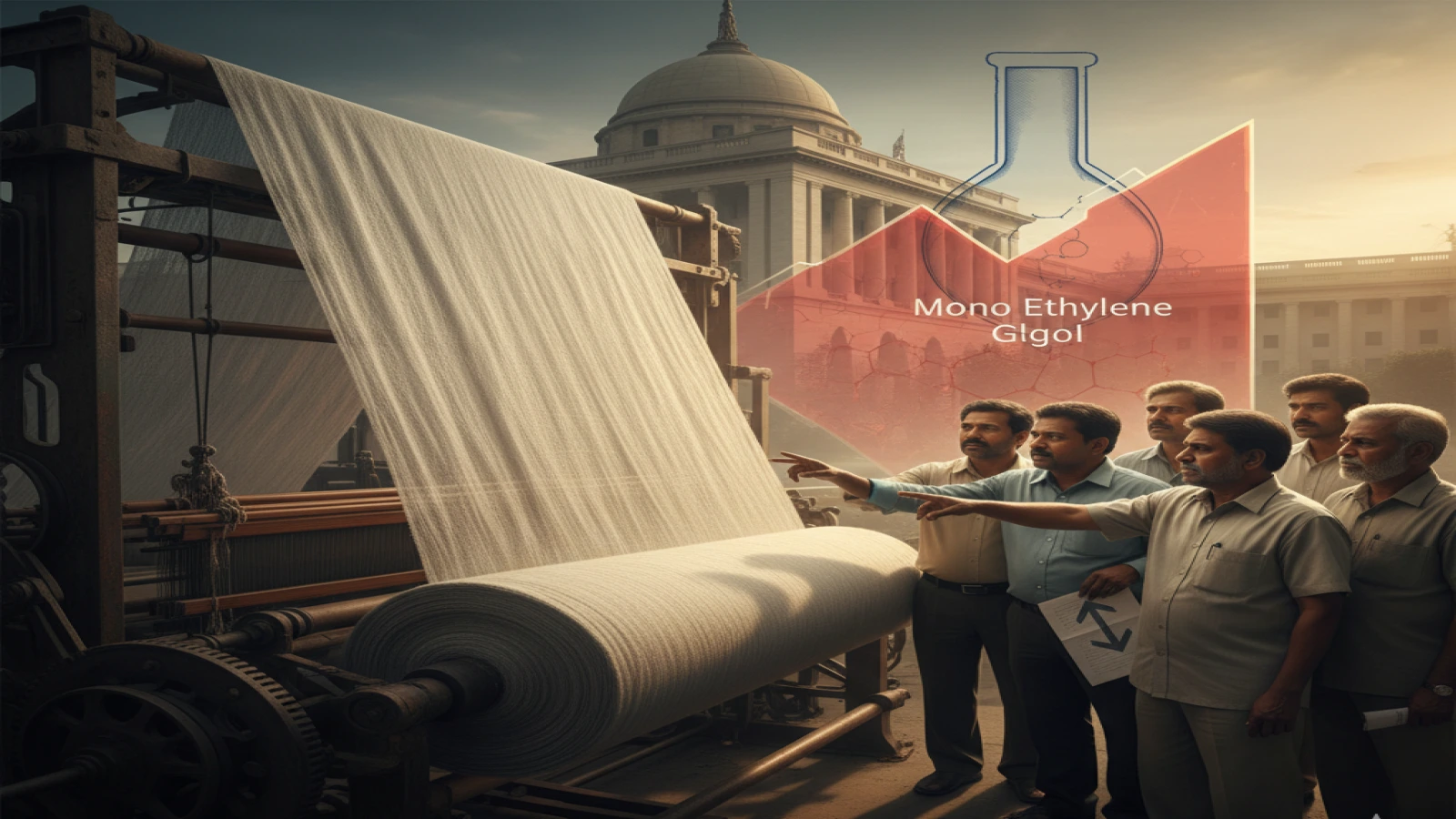

Foreign Buyers Forge New Ties at UP International Trade Show
04:21 PM, Sep 30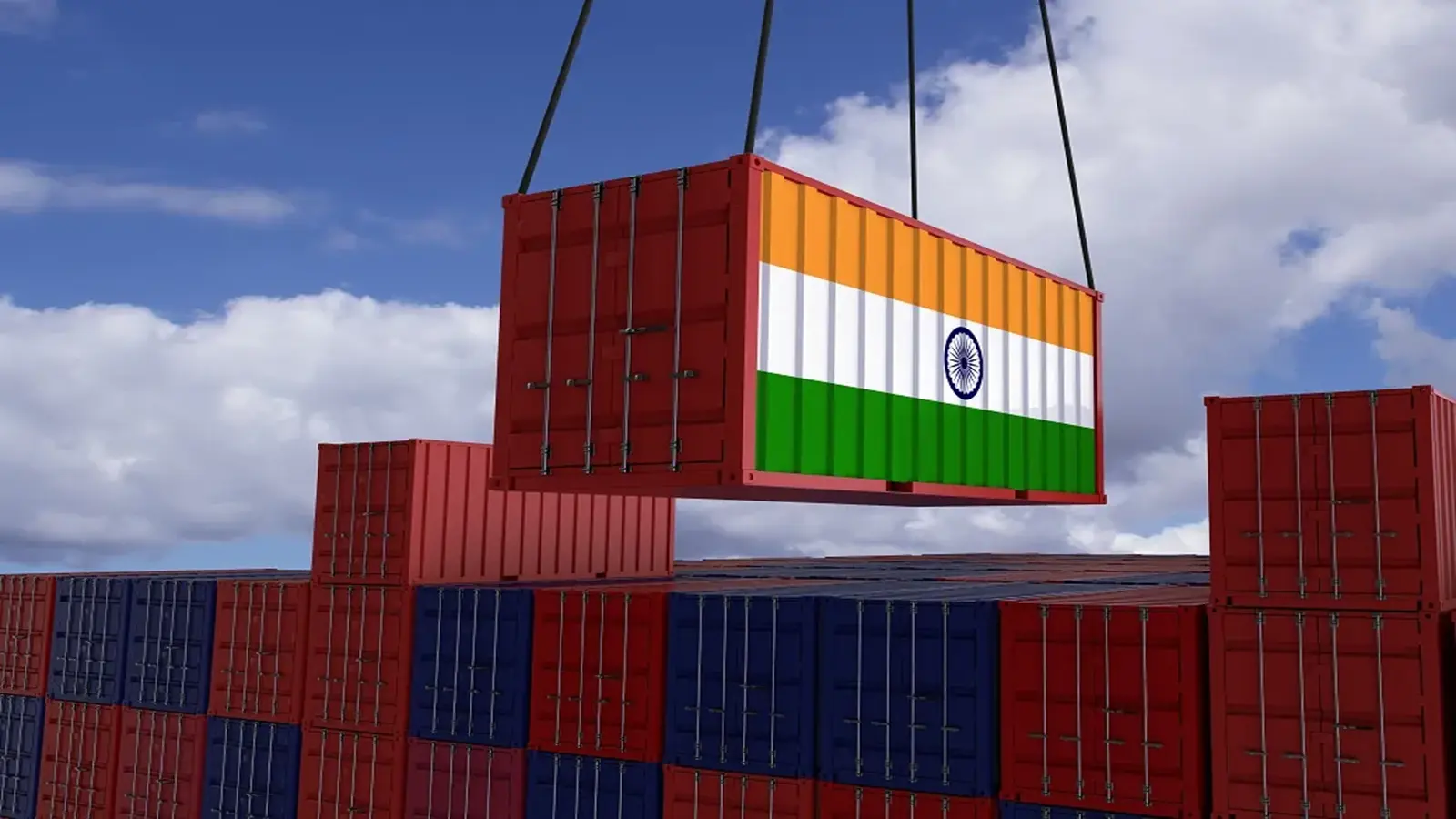
Government Extends RoDTEP Export Incentive Scheme Until March 2026
03:35 PM, Sep 30


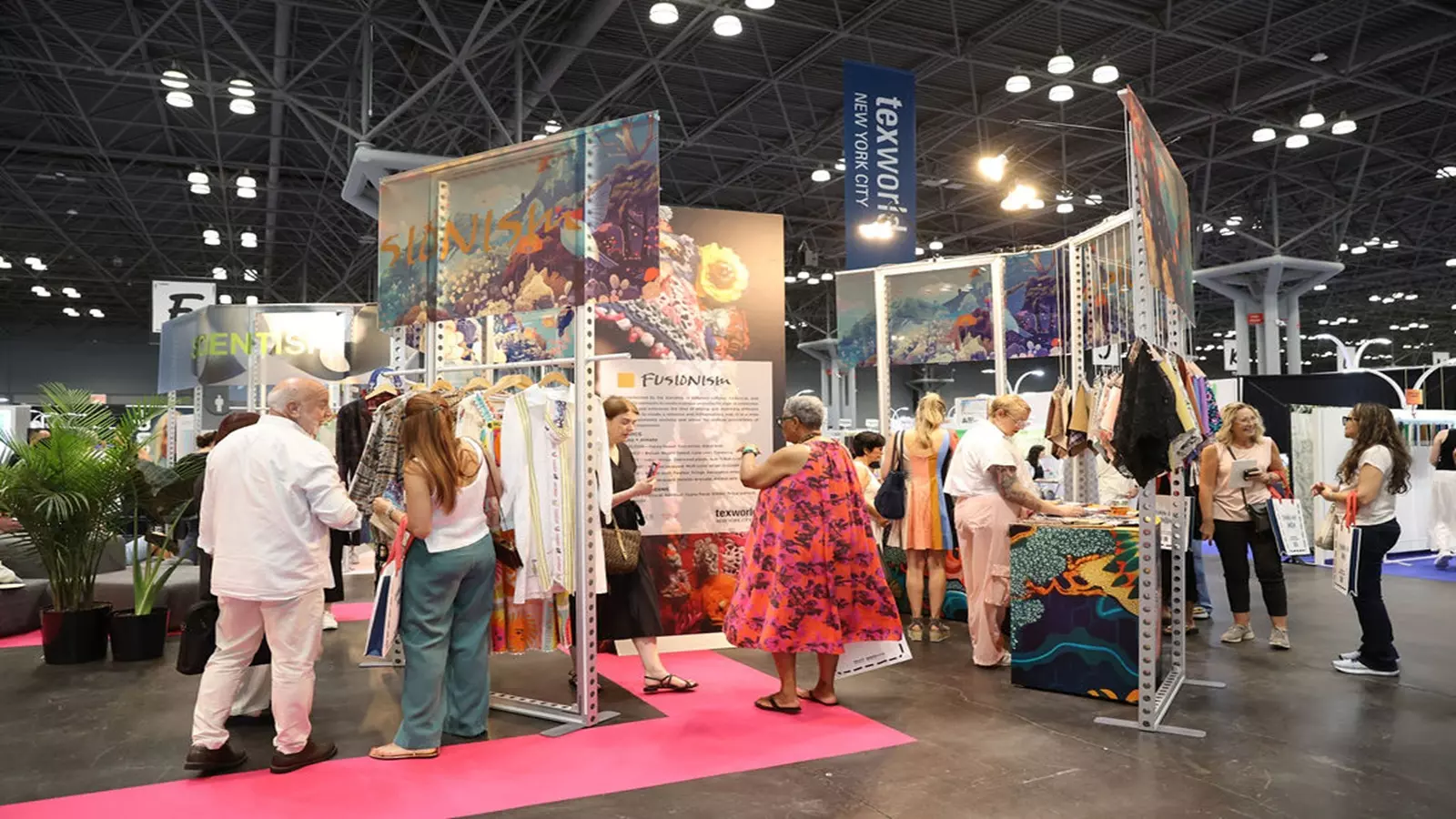
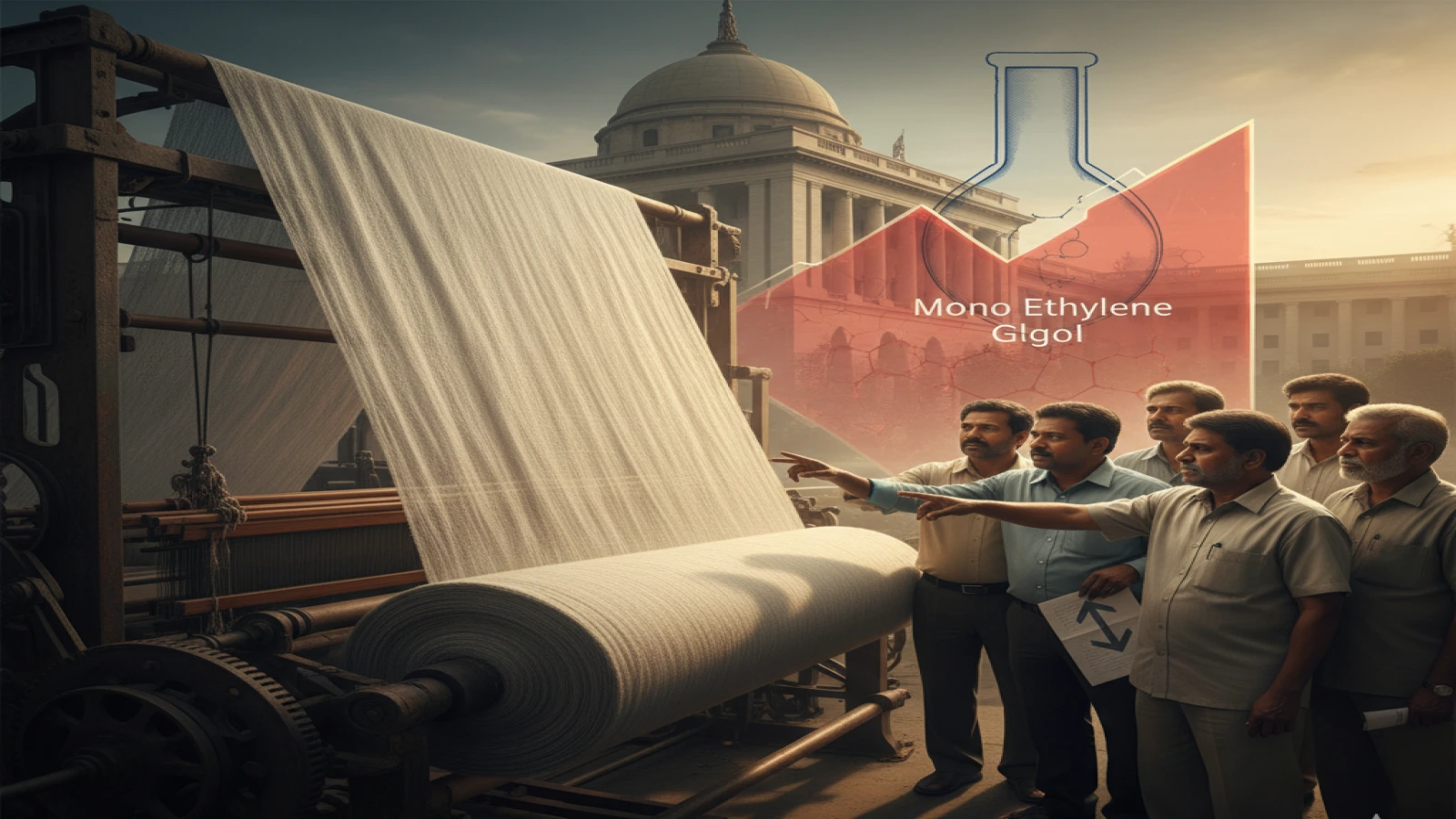
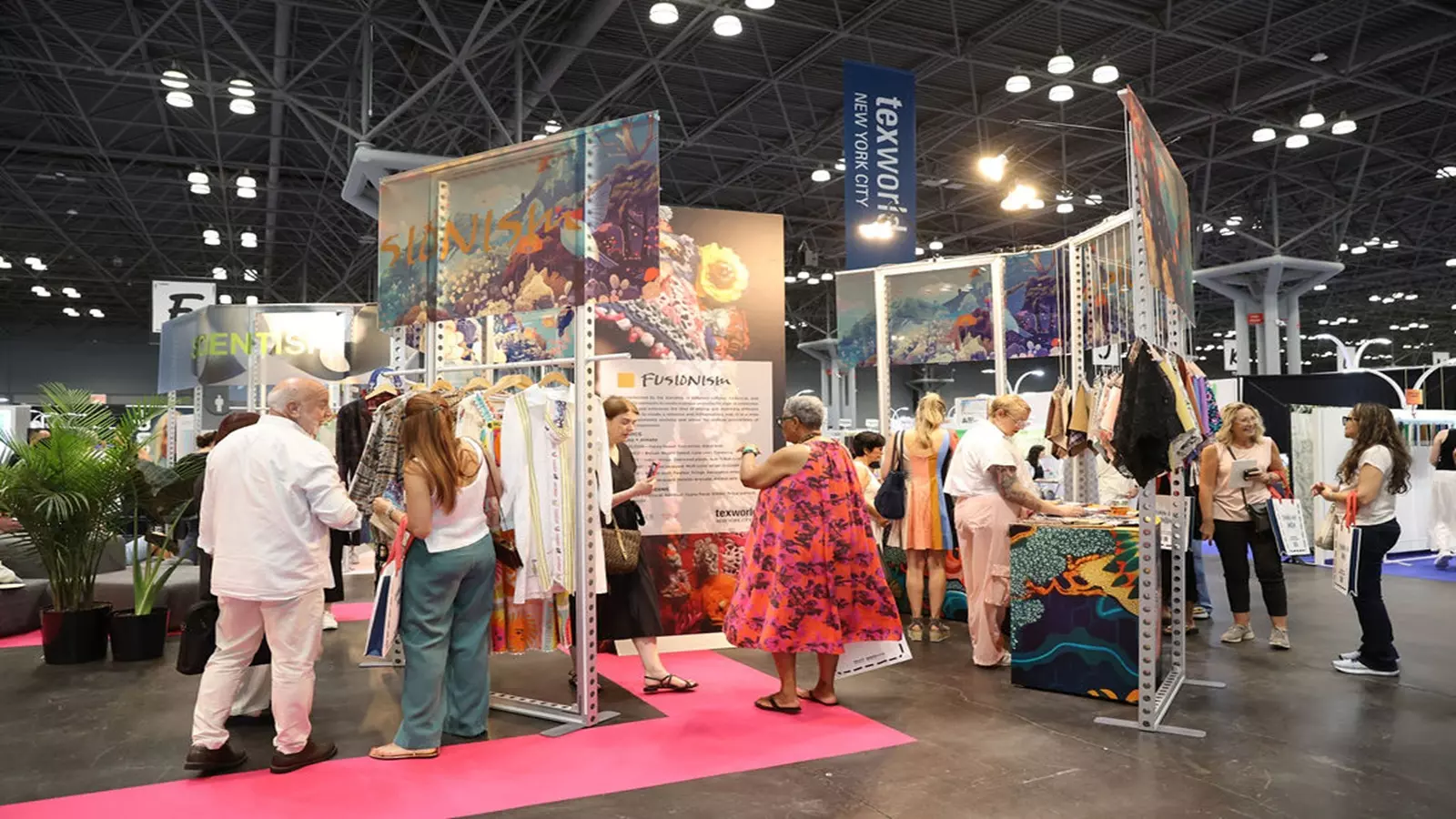

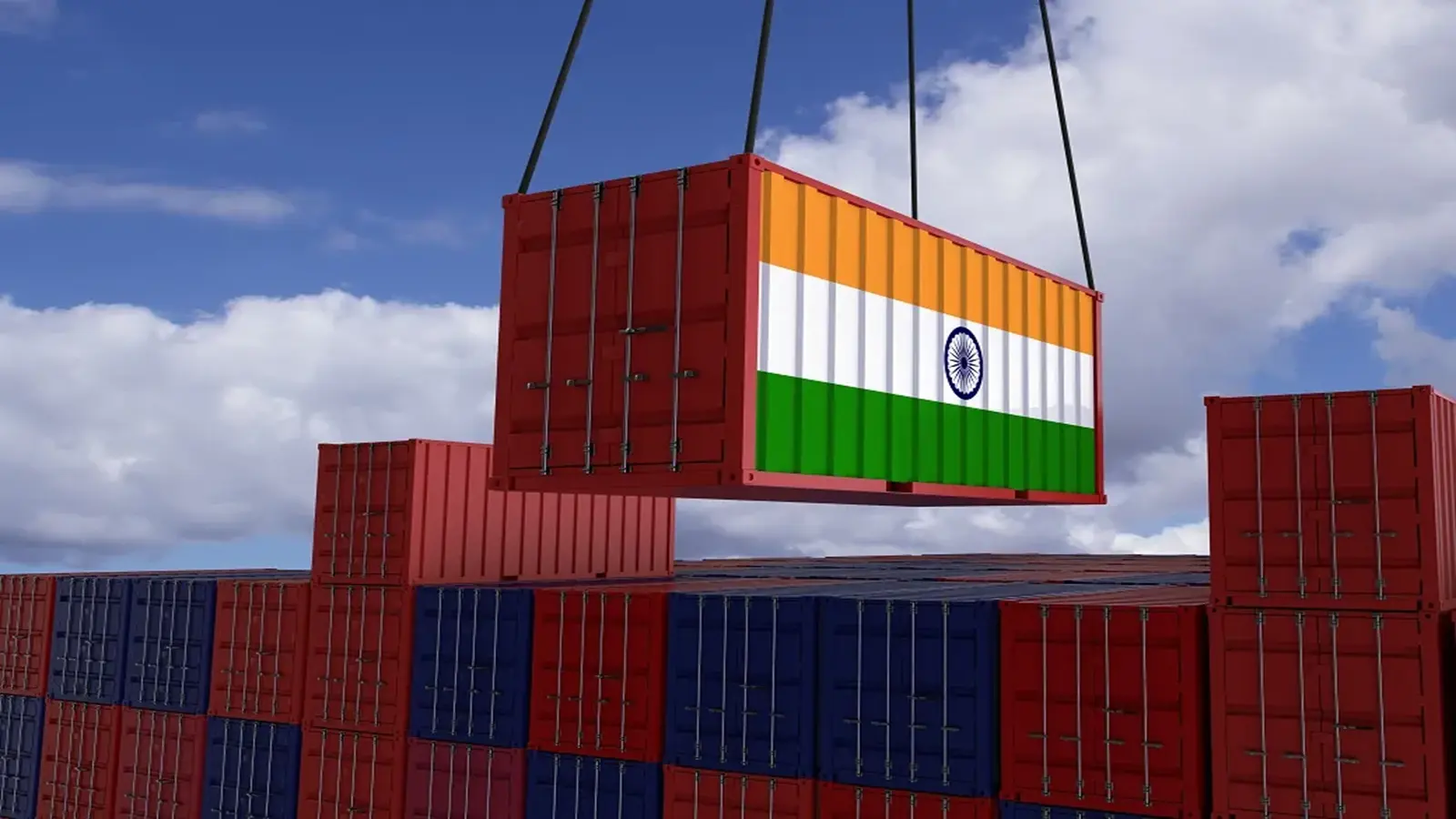

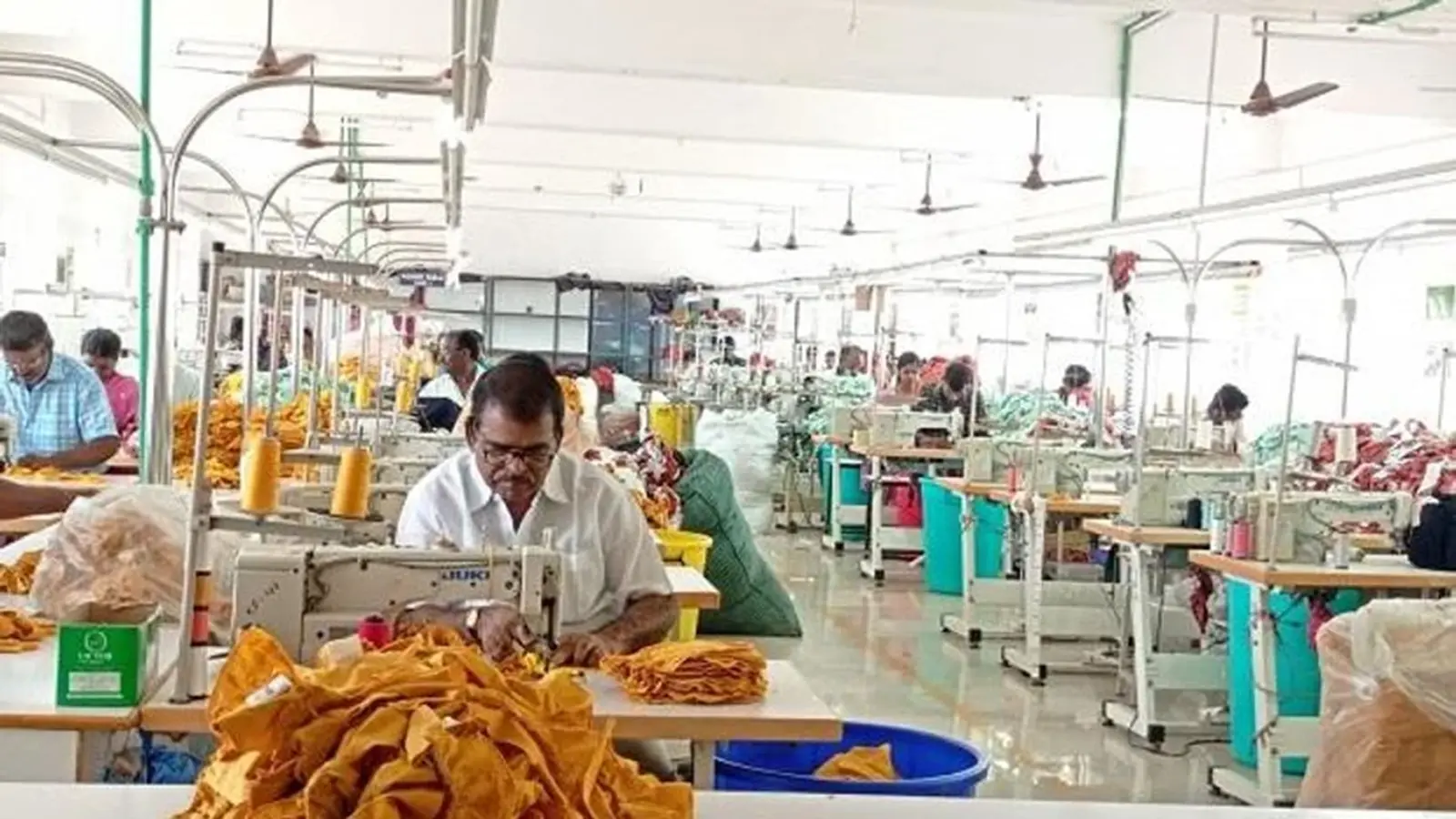
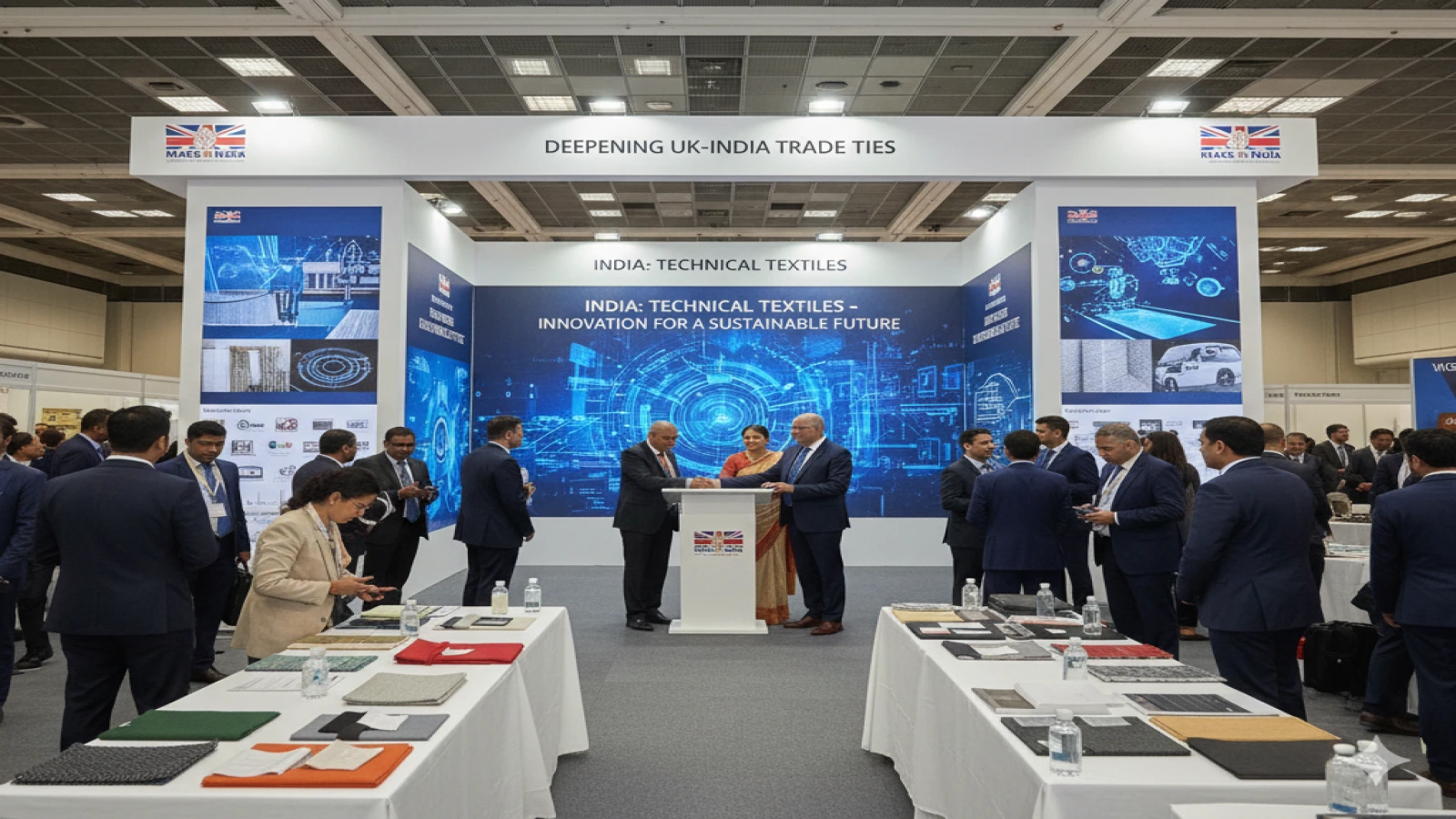


1.webp)
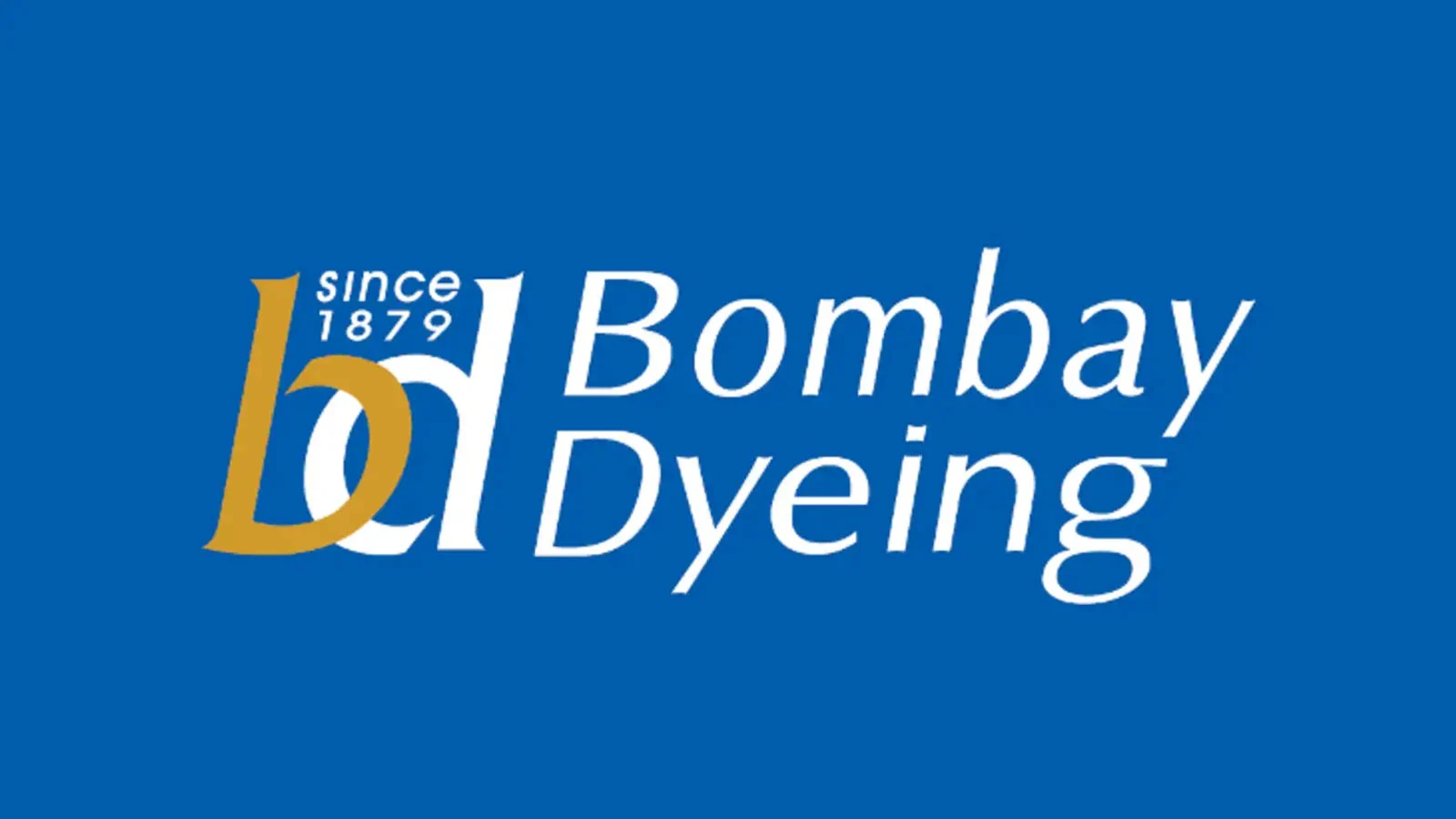
1.webp)


























.webp)














1.webp)
1.webp)


















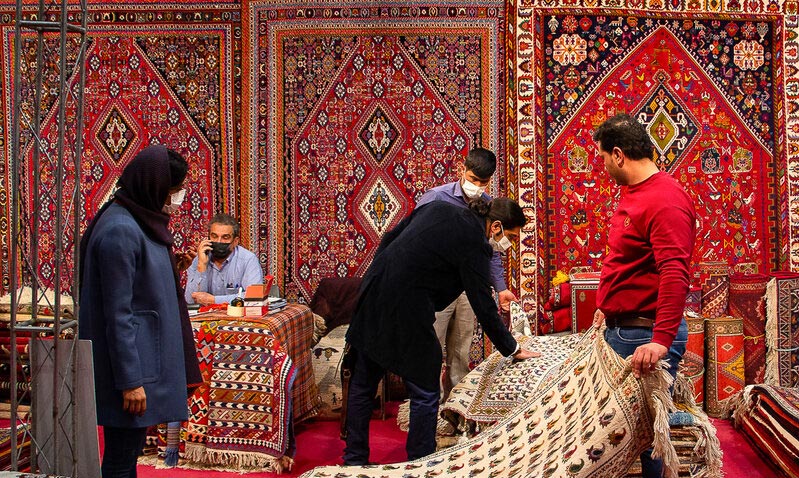








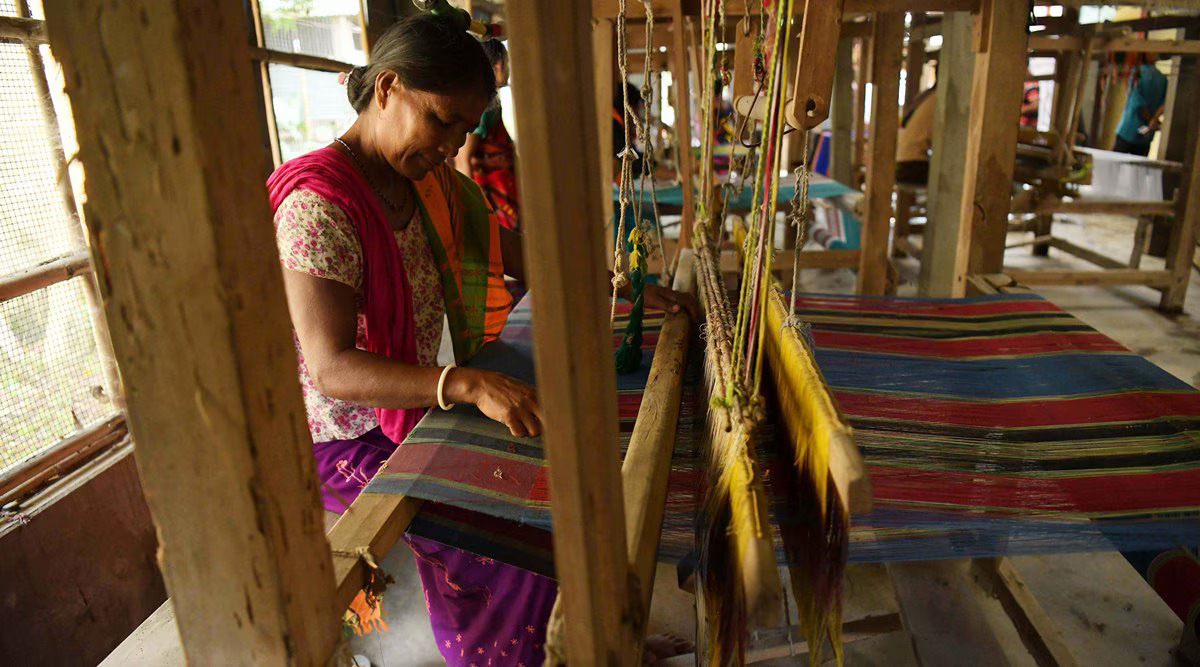














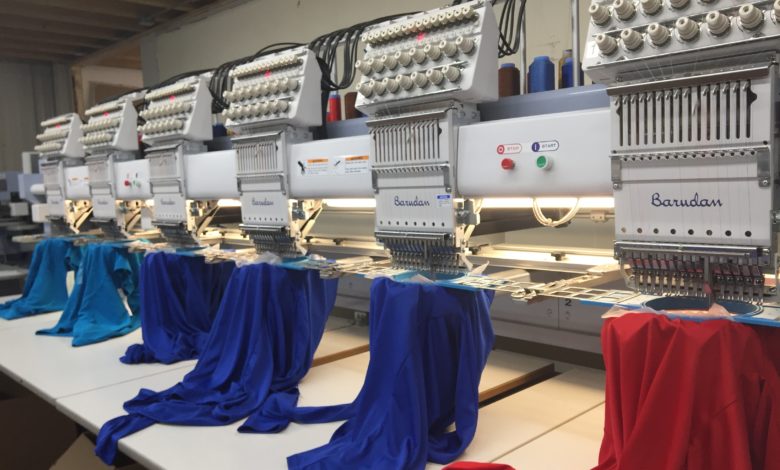













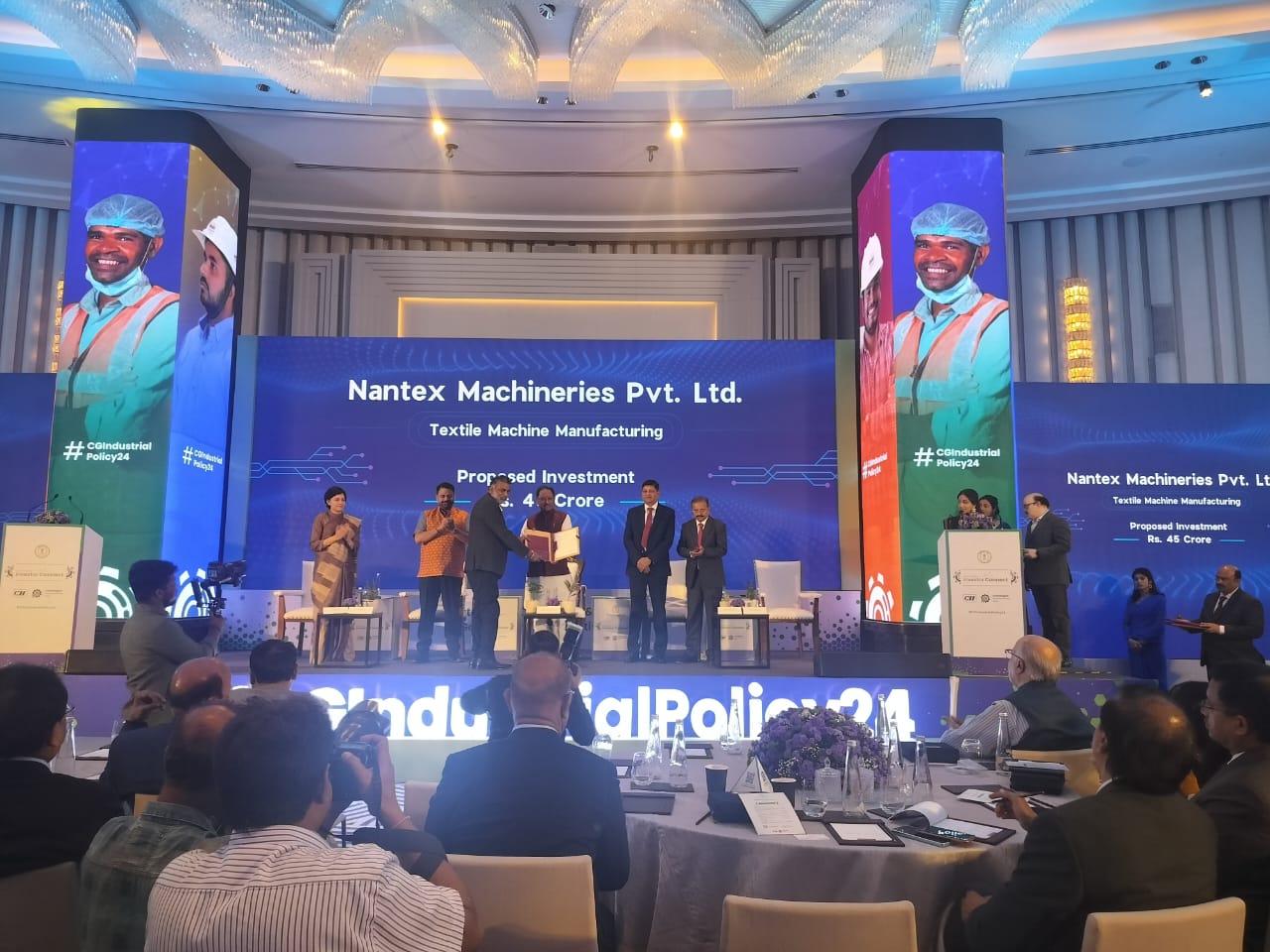











.png)




.jpg)









1.jpeg)
